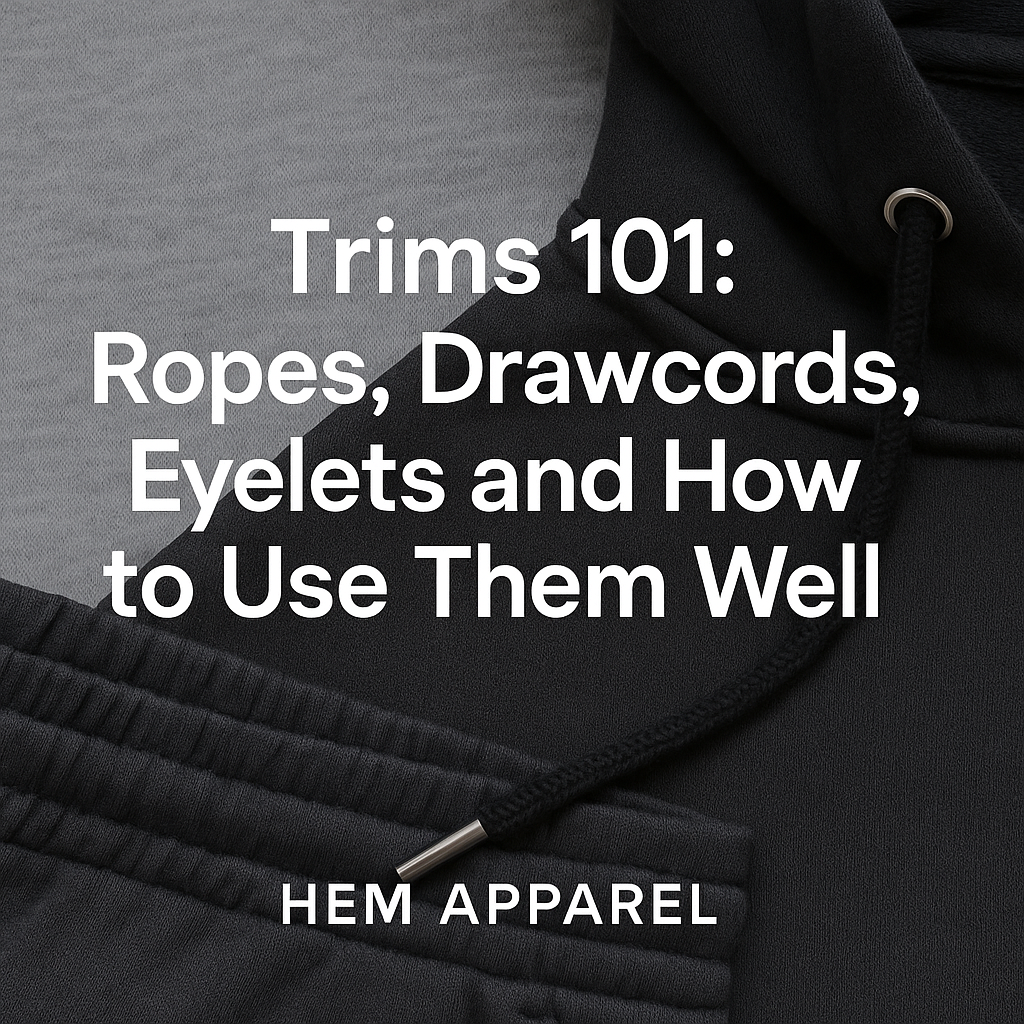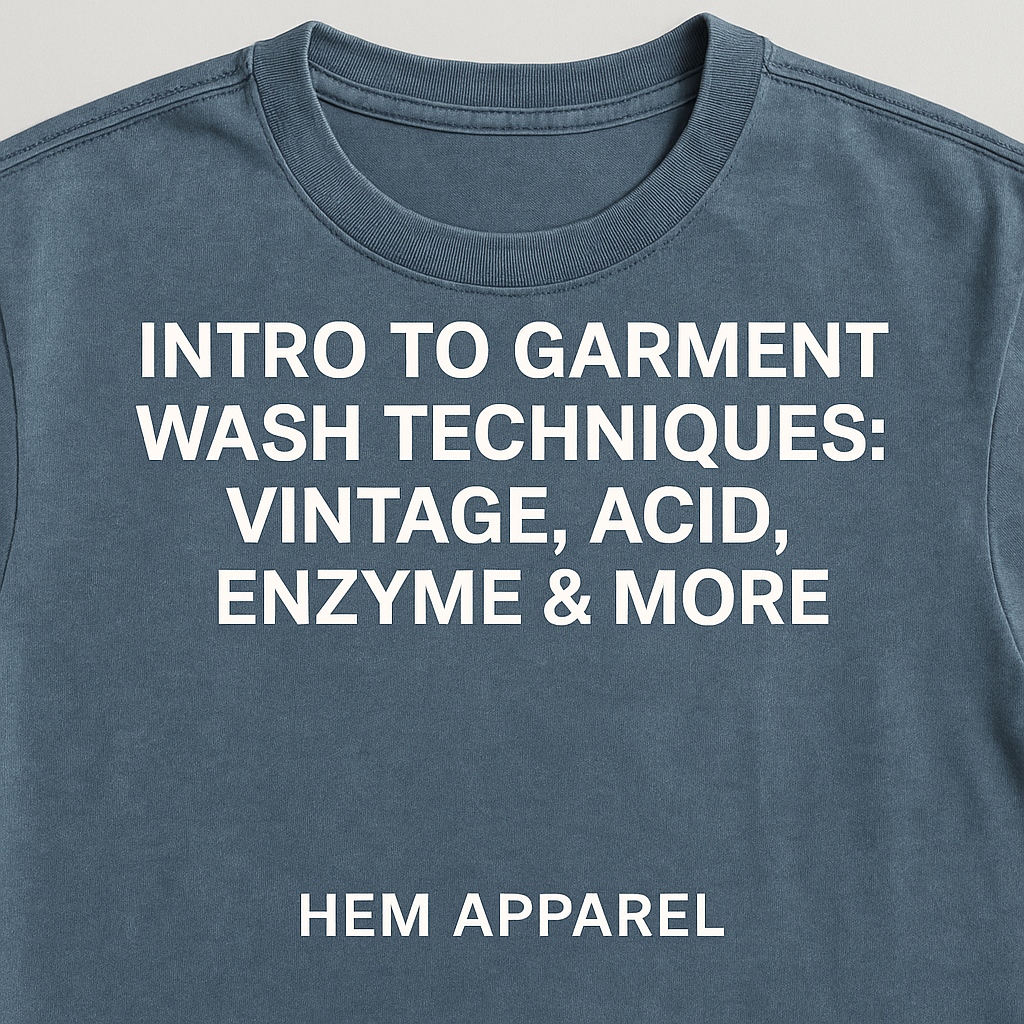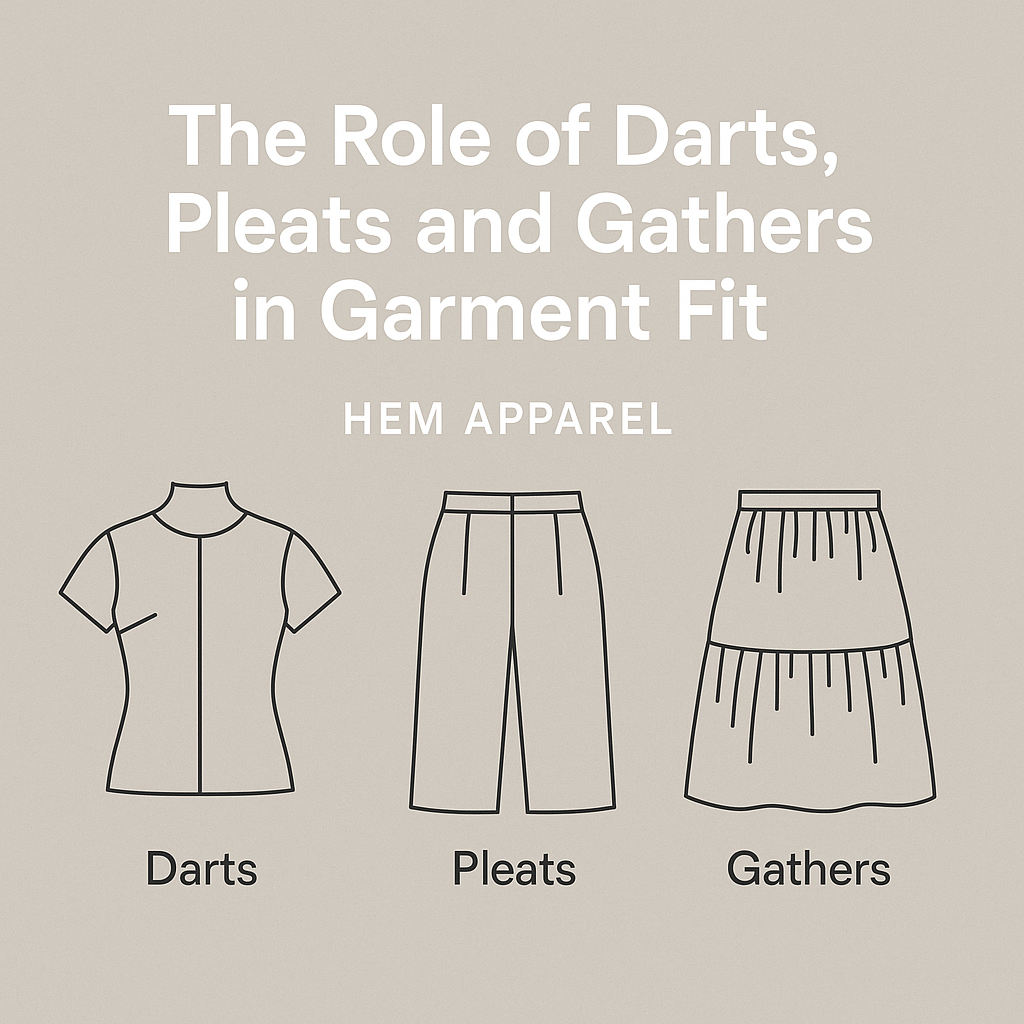Every fabric starts with either weaving or knitting.
These two methods create very different textures, performance, and end uses — and knowing the difference helps you choose the right one for your product.
At HEM APPAREL, we work with both woven and knit fabrics, depending on the style, fit, and function the client wants to achieve.
🧵 What Is the Difference?
| Feature | Weaving | Knitting |
|---|---|---|
| Structure | Interlacing two yarn sets | Looping one yarn into stitches |
| Stretch | Limited (unless with spandex) | Naturally stretchy |
| Feel | Structured, stable | Soft, flexible |
| Wrinkle Resistance | Tends to wrinkle more | Better at resisting wrinkles |
| Drape | Clean lines | Follows body movement |
| Use Cases | Shirts, trousers, outerwear | Tees, hoodies, loungewear |
🪡 When to Use Woven Fabrics
-
You need sharp structure — like collars, pleats, and crisp seams
-
You want durability for workwear, uniforms, or pants
-
Your garment design needs less stretch for a clean silhouette
Examples at HEM APPAREL:
We use woven cotton poplin for shirts, twill for trousers, and canvas for structured tote bags.
🧶 When to Use Knit Fabrics
-
You want comfort and movement — like for activewear or loungewear
-
You're designing casualwear, T-shirts, or sweats
-
You need a drapey, body-following fit
Examples at HEM APPAREL:
Single jersey for blank tees, rib knit for trims, French terry for premium hoodies.
🧪 Blended & Hybrid Options
-
Stretch woven → Woven fabric + spandex for added flexibility
-
Woven outer / knit lining → For jackets with a structured look and soft feel
-
Bonded knit-woven fabrics → Used in techwear for performance + aesthetics
🧠 HEM APPAREL’s Tip:
When in doubt, start by asking:
Do I want this garment to stretch and move, or stay crisp and structured?
We’ll guide you to the right base and suggest finishing options (enzyme wash, brushing, peaching...) to get the feel you're aiming for.
MOQ from 300 pcs/style. Sampling available across both fabric types.





